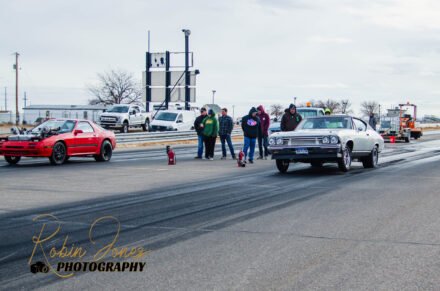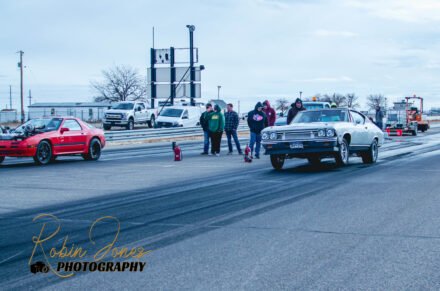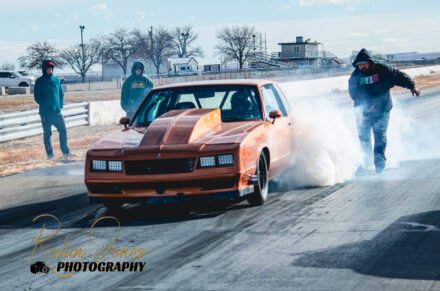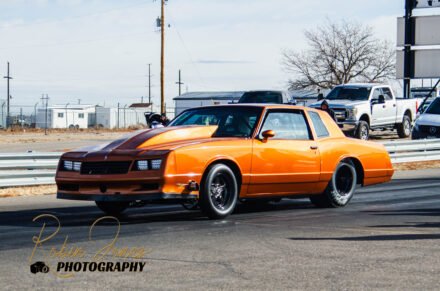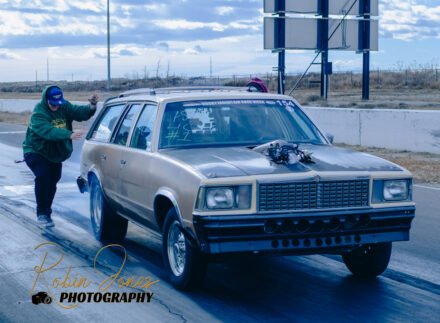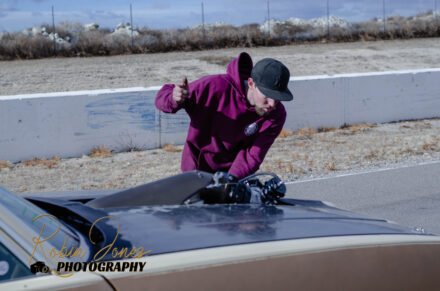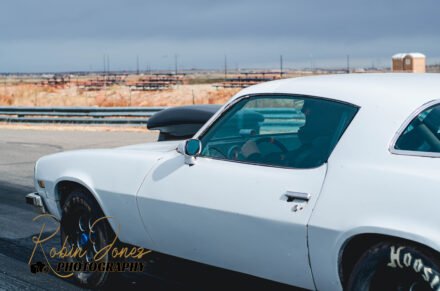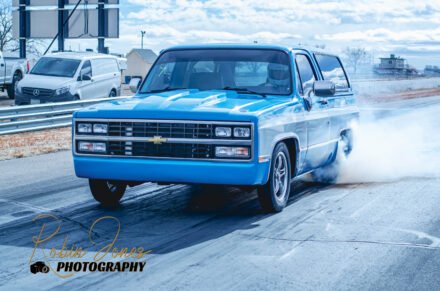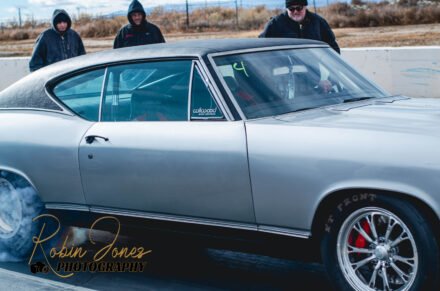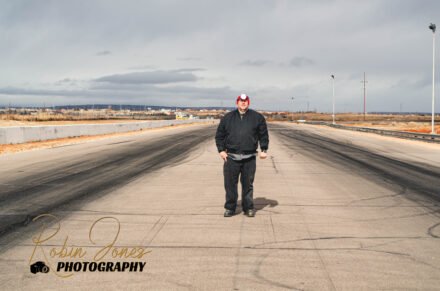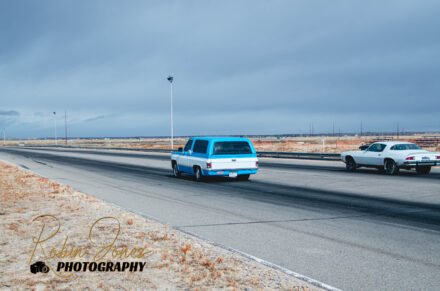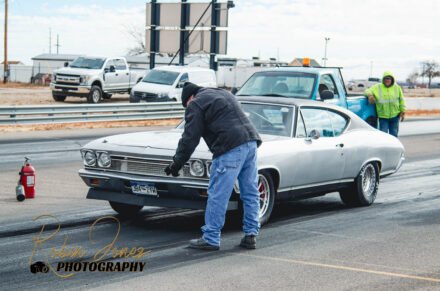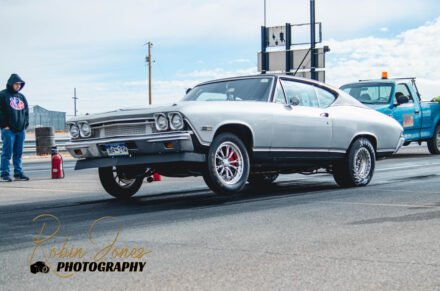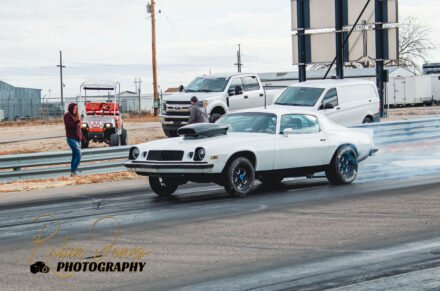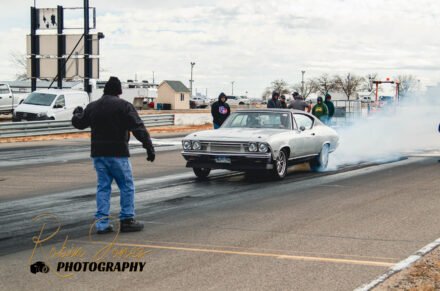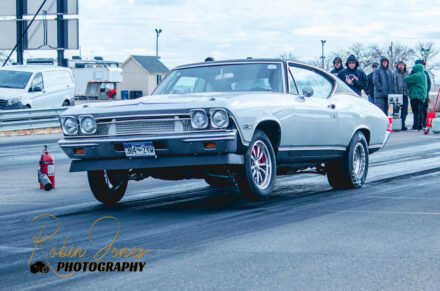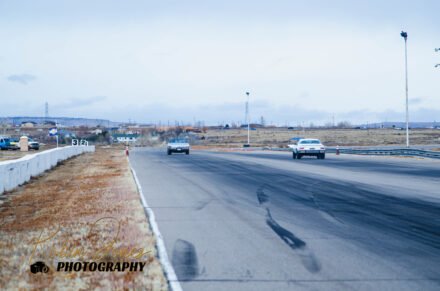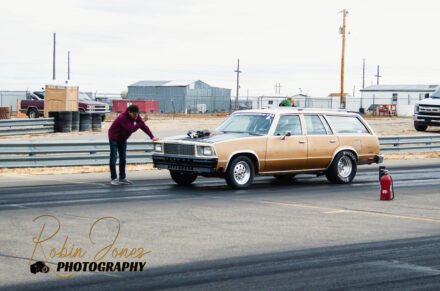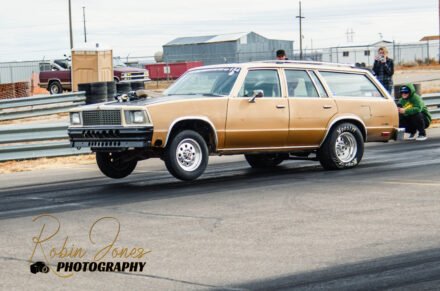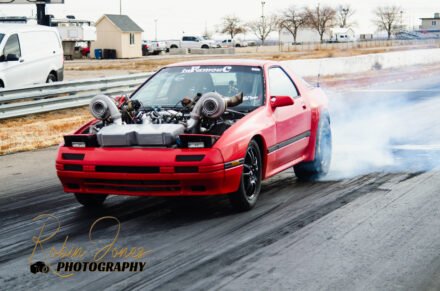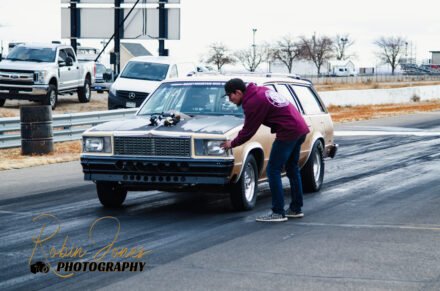Dec 6, 2023
Types of Event Photography and How to Get Started
Introduction
Event photography is a versatile and exciting field that offers a wide range of opportunities for photographers. Whether you are interested in capturing weddings, corporate events, or music festivals, there is a type of event photography that suits your skills and interests. In this article, we will explore some of the different types of event photography and provide tips on how to get started in this rewarding profession.
1. Wedding Photography
Wedding photography is perhaps one of the most popular types of event photography. It involves capturing the special moments and emotions of a couple’s big day. From the pre-wedding preparations to the ceremony and reception, wedding photographers have the important task of documenting the entire event. To get started in wedding photography, it is essential to invest in high-quality equipment, build a portfolio, and establish relationships with wedding planners and venues.
2. Corporate Event Photography
Corporate event photography focuses on capturing professional events such as conferences, trade shows, and corporate parties. These events often require photographers to capture candid shots of attendees, keynote speakers, and the overall atmosphere. Building a network within the corporate world and having a strong portfolio showcasing your ability to capture the essence of these events are key to success in this field.
3. Music and Concert Photography
Music and concert photography is all about capturing the energy and excitement of live performances. From small local gigs to large music festivals, this type of event photography requires photographers to be skilled in low-light conditions and quick to capture fleeting moments. Building relationships with local bands and venues can help you get started in this niche.
4. Sports Photography
Sports photography involves capturing the action and emotions of sporting events. From professional leagues to local tournaments, sports photographers need to be skilled in capturing fast-paced moments and telling a story through their images. Investing in fast lenses and familiarizing yourself with the rules and dynamics of different sports will help you excel in this field.
5. Social and Cultural Events
Social and cultural events encompass a wide range of occasions, including parties, festivals, and community gatherings. These events offer photographers the opportunity to capture the joy and diversity of different cultures and celebrations. To get started in this field, it is important to immerse yourself in the communities you wish to photograph and build connections with event organizers.
Getting Started in Event Photography
Now that we have explored some of the different types of event photography, here are a few tips to help you get started:
- Invest in the right equipment: Depending on the type of event photography you choose, you may need different lenses, lighting equipment, and accessories. Research and invest in equipment that suits your chosen niche.
- Build a strong portfolio: A portfolio is essential for showcasing your skills and attracting potential clients. Start by offering your services to friends and family, and gradually build a diverse portfolio that demonstrates your abilities.
- Network and collaborate: Building relationships with event planners, venues, and other professionals in the industry can open doors to new opportunities. Attend industry events, join photography groups, and collaborate with other photographers to expand your network.
- Continuously improve your skills: Photography is an art that requires constant learning and improvement. Stay updated with the latest techniques, attend workshops, and practice regularly to refine your skills.
Conclusion
Event photography offers a world of possibilities for photographers who enjoy capturing special moments and emotions. Whether you choose to specialize in wedding photography, corporate events, music festivals, sports, or social and cultural events, there is a niche that suits your interests. By investing in the right equipment, building a strong portfolio, networking, and continuously improving your skills, you can embark on a successful career in event photography.
More Details


